Dung Beetles (Coleoptera: Scarabaeidae: Coprinae) of Rajasthan
Occasional Paper
Synopsis
Read more
Rajasthan is the largest state of India, covering 3, 42, 239 sq. Km area and situated in 23°30" and 30° 11"N latitude and 69° 29"and 78° 17"E longitude of north western India. The western part of the state is surrounded by Pakistan, northern part by India state Punjab & Haryana, eastern part by Uttar Pradesh, south-east by Madhya Pradesh and south-west by Gujarat. Rajasthan consists of 32 districts and geographically is divided into four region : 1. The Western Desert (Thar); 2. Aravali Hills; 3. The Eastern Plane and 4. The South Western Plateau region. The Aravali Hills spreads from northeast to south-west of Rajasthan, divided the state into western arid and eastern semi arid region.
Coleoptera is the largest order of the class Insecta, which includes "Beetles and Weevils". They show exceptionally diverse adaptation to wide range of environmental conditions and habitats and are economically important both destructive as well as beneficiary point of view. The members of the subfamily Coprinae (Scarabaeidae) are commonly known as "Dung Beetles or Dung Rollers" and found in every part of the world. They are scavenger in nature and feed upon the dung of herbivorous mammals, human feacal matter and some of them are also feed upon carrion, decaying fungi and vegetable substances. Dung beetles are very economically important because they play very important role in pasture ecosystem, where they annually breakdown tones of animal dung and remove it from the soil surface to clean the environment and also incorporate much of it into the soil to increase the soil fertility, at the same time they destroy the habitats of parasites of many pest flies (Horn Flies), which they lay eggs in the dung, causes disease in domestic as well as wild animals. Some species of them are also serving as intermediate host for parasites of domestic animals.
Arrow (1931) published a fauna volume on India Coprinae in the series "Fauna of British India". Unfortunately, not a single species have been reported from Rajasthan. Balthasar (1963) also published the monographs on Scarabaeidae of Palaeartic and Oriental Region. Biswas (1978a & b), Biswas and Chatterjee (1985), Biswas et al. (1997), Chatterjee and Biswas (1995, 2000, 2003, 2004) studied the Scarabaeidae fauna of Arunachal Pradesh, West Bengal, Delhi, Meghalaya, Tripura, Sikkim, Manipur North-East India. Sewak (1985 & 1986, 1991, 2004 a & b, 2005, 2006) worked out the Coprinae fauna of Gujarat, Uttar Pradesh, Arunachal Pradesh and Rajasthan.
The present study is based on the collection of the dung beetles collected from the thirty-two districts of Rajasthan by the different parties of Desert Regional Station, Zoological Survey of India, Jodhpur from 1963 to 2005. The author also carried out the extensive and intensive survey of Rajasthan from 1999 to 2003, collected large number of specimens from dung pad, dung heap, digging of dung burrows and also by utilizing the light trap method to collect them from urban and rural localities. So far one hundred two species belonging to fourteen genera of sub family Coprinae under family Scarabaeidae have been identified. Of these, sixty-six species have been recorded for the first time from Rajasthan. The classified list of these dung beetles provided according to their systematic position under tribe Scarabaeini and Coprini. The surveyed localities and Distribution tables have also been provided.
31.50
28.35
$
35.00 $
Free delivery Wolrdwidе in 10-18 days
Ships in 2-4 days from New Delhi
Membership for 1 Year $35.00
Get it now and save 10%
Get it now and save 10%
BECOME A MEMBER
Books in the series
-
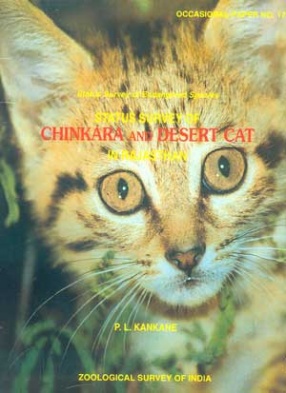
Status Survey of Chinkara and Desert Cat in Rajasthan
-
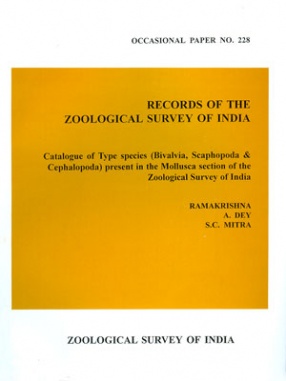
Catalogue of Type Species (Bivalvia, Scaphopoda and Cephalopoda) Present in the Mollusca Section of Zoological Survey of India
-
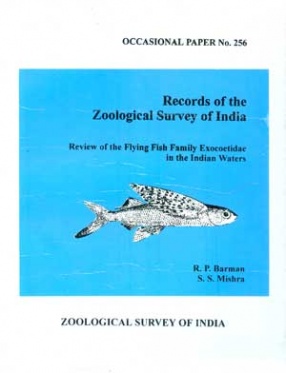
Review of the Flying Fish Family Exocoetidae in the Indian Waters
-
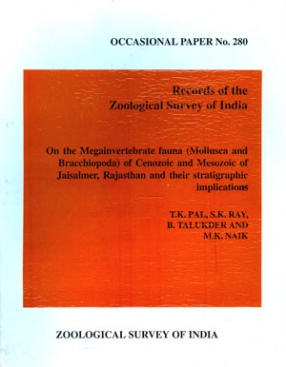
On the Megainvertebrate Fauna (Mollusca, Bracchiopoda) of Cenozoic and Mesozoic of Jaisalmer, Rajasthan and their Stratigraphic Implications

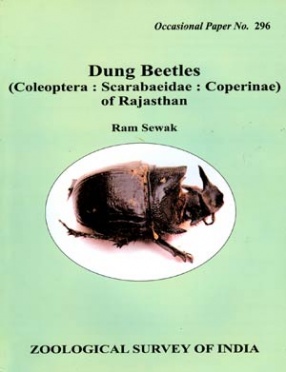

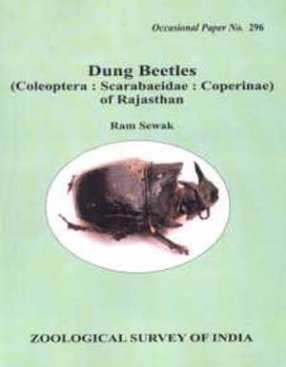
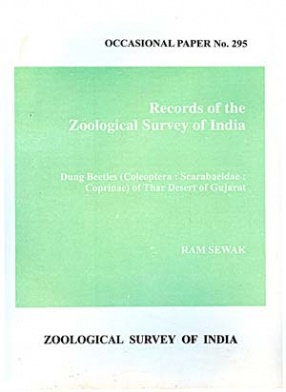
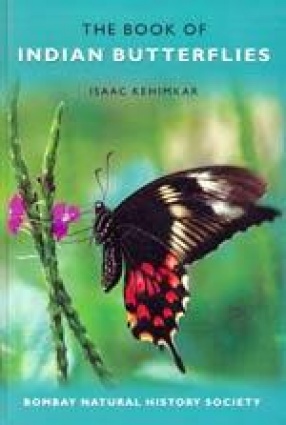
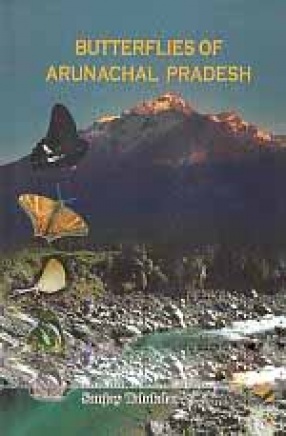
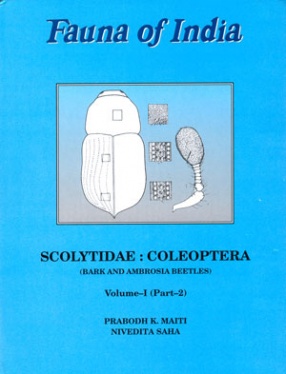
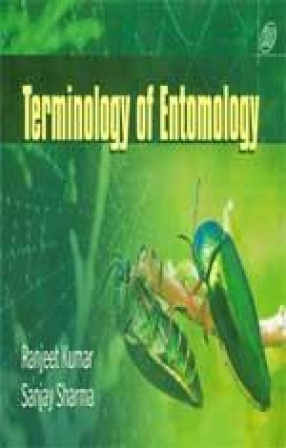

Bibliographic information